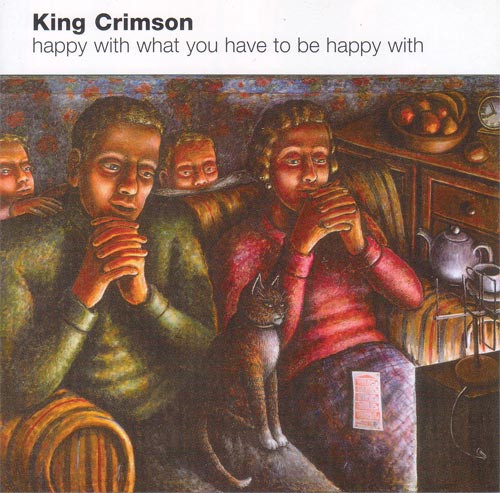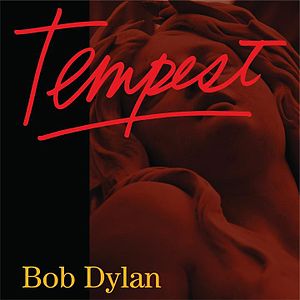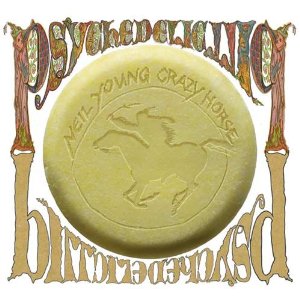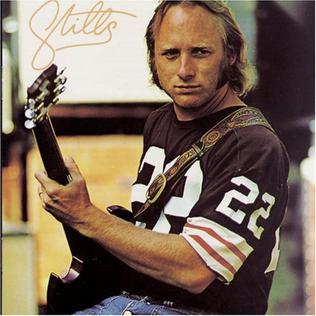After at least two tries and failures, Frank finally managed to complete a film that was actually released in theaters.
200 Motels was supposed to be a culmination of Zappa’s grand theories, melding rock instruments with an orchestra. If you like the Flo & Eddie brand of Zappa bathroom humor, now you’ve got even more of it. Otherwise, you’re really not missing anything.
The movie itself is tough to watch, being a mix of live performance, skits and animation. For the most part, a large soundstage contains the Royal Philharmonic Orchestra and the current version of the Mothers, with a few additional singers. The “plot” revolves around a bunch of inside jokes about touring and groupies, with much of the dialogue either improvised or excerpted from prior conversations. As dull as that sounds, the bass player quit halfway through filming, and was eventually replaced by Ringo Starr’s driver, who happened to both play bass and exude a ton of teen sex appeal. (We’re not sure if his haircut can be called a mullet, but it is awful.) This change arguably gave the movie more of a story than it otherwise would have had.
A little Web research shows that much of the orchestral material had and would appear as part of other pieces—“Bogus Pomp”, “Holiday In Berlin” and the truly grand finale, “Strictly Genteel”. For the most part, it’s interesting on its own, but whenever a melody gains “lyrics”, it’s tainted with the equivalent of aural graffiti. To confuse things further, several pieces in the film are not on the album, and vice versa. Plus, what does match is out of order.
The “rock” numbers are impeccably arranged and performed, featuring the snotty vocal stylings of Flo & Eddie, as previewed on the Fillmore East album. “Mystery Roach” is mostly a jam, ending abruptly with a Mother asking what they’re supposed to be singing about, part of the ongoing suggestion that “he’s making us do all this”. A suite of music is broken up by references to some Midwestern hick town being akin to a “Sealed Tuna Fish Sandwich” that one might find in a typical convenience store. Jimmy Carl Black returns to portray “Lonesome Cowboy Burt”, a typical redneck looking for action and unimpressed by the group. Side two is dominated by another suite mixing the band and the orchestra; musically it’s catchy, but the melody is torpedoed by the lyrics, which describe a potential groupie preparing for the evening’s hoped-for activities.
The segment where “Jeff” goes nuts in a hotel room is animated in the film, but is mostly irritating on the album, where the voices are sped up and the orchestra plays horror-film clichés to illustrate the action. “Daddy, Daddy, Daddy” is fairly pedestrian pop taking a few detours into “Bwana Dik” territory, as continued on “Penis Dimension”. “What Will The Evening Bring Me This Morning” isn’t as overtly obnoxious, giving us a chance to enjoy the melody. The last side begins with a chorus singing suggestive lyrics, interrupted by “Magic Fingers”, the first time we hear a decent Zappa guitar solo, stuck in the middle of more groupie talk. Finally there’s “Strictly Genteel (The Finale)”, an excellent composition nearly deflated by sarcastic lyrics, and ending with a neo-gospel rave-up “about” the end of the film.
Maybe this album wouldn’t be so bad if there weren’t so much of it. At least the orchestral pieces would be revisited on future albums to greater success and more reverence than they’re given here. Due to the film’s lack of commercial potential and the soundtrack’s distribution outside Zappa’s control, 200 Motels has long been one of the rarer items in the catalog, and because of several songs only appearing here, it gets a rating just above worthless. Diehard Zappa fans will want it to complete their collections, of course.
Its first CD appearance came about via Rykodisc as part of its deal with various studios to re-issue vintage soundtrack albums; that version included a few extras in the way of promo spots, a single edit of “Magic Fingers”, and the original trailer included as enhanced multimedia. That soon went out of print, and remained unavailable until the album’s golden anniversary, when the original sequence was released as a two-CD set and also as a Super Deluxe Edition. Here, six CDs are filled with the original soundtrack remastered and bolstered by demos and alternates, “dialog protection reels” presenting an early cut of the film with music, and outtakes from the Chunga’s Revenge sessions (making that album that much better in their absence), all designed to support Frank’s original vision based on the first shooting script. We still don’t get it.
Frank Zappa Frank Zappa’s 200 Motels: Original Motion Picture Sound Track (1971)—1½
1997 Rykodisc CD: same as 1971, plus 6 extra tracks
2021 50th Anniversary Super Deluxe Edition: same as 1997, plus 133 extra track








